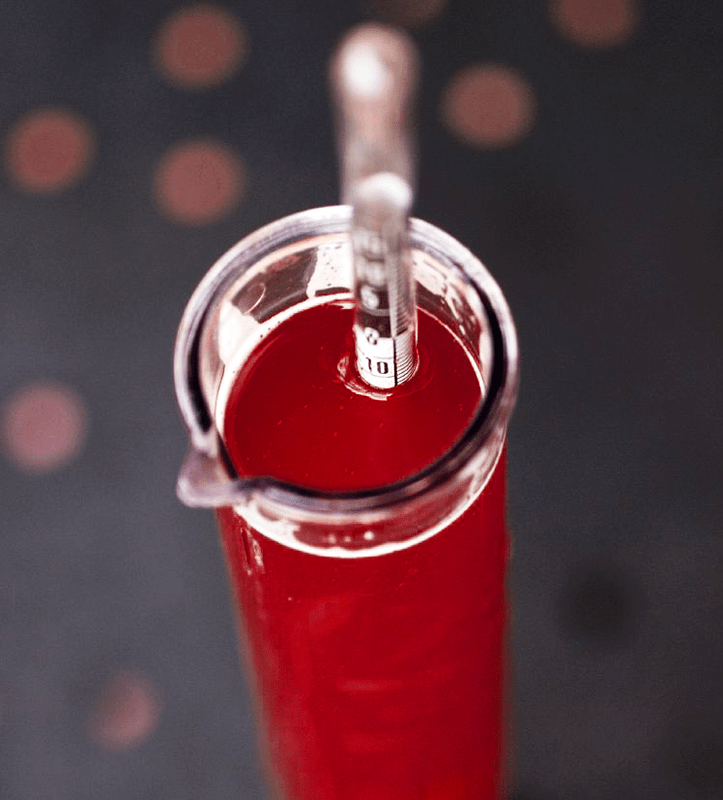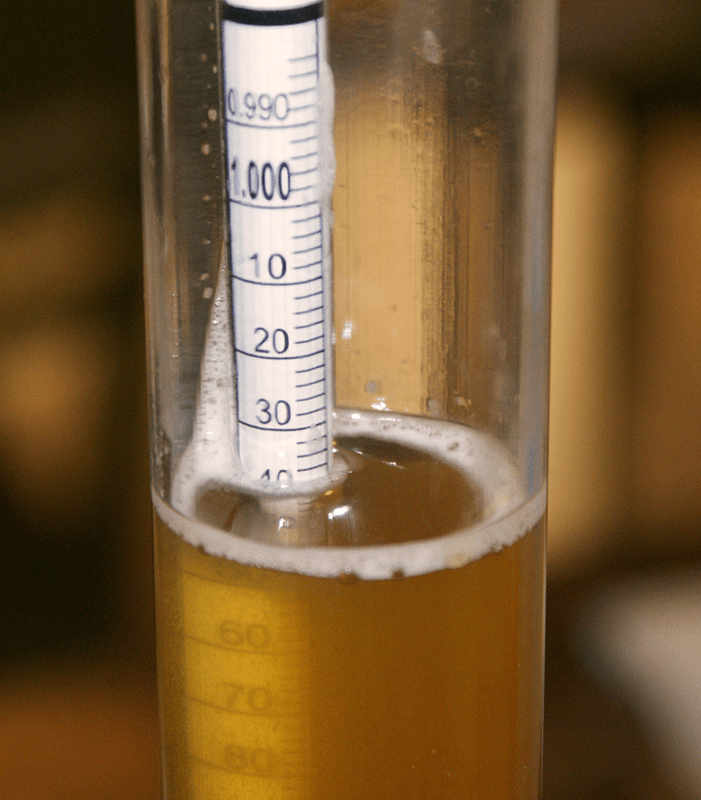 A wine hydrometer plays many different roles in home wine making. It can track a fermentation’s progress. It can tell you if your fermentation has completed and not just stuck… but one of its more interesting uses is controlling your wine’s alcohol level.
A wine hydrometer plays many different roles in home wine making. It can track a fermentation’s progress. It can tell you if your fermentation has completed and not just stuck… but one of its more interesting uses is controlling your wine’s alcohol level.
By using the wine hydrometer to help you adjust your beginning reading – before fermentation – you can control how much alcohol your wine will have when the fermentation has completed.
One of the scales you will find on a wine hydrometer is the potential alcohol scale. This hydrometer scale is only useful before the fermentation starts. What it is telling you is how much potential for alcohol your juice currently possesses.
As you add more sugar to the wine must the reading on the potential alcohol scale will rise. What this means is as the sugar rises you have a potential for more alcohol. The reason it is potential is because it hasn’t happened yet, and the alcohol is dependent on the fermentation fermenting all the sugars in the wine must.
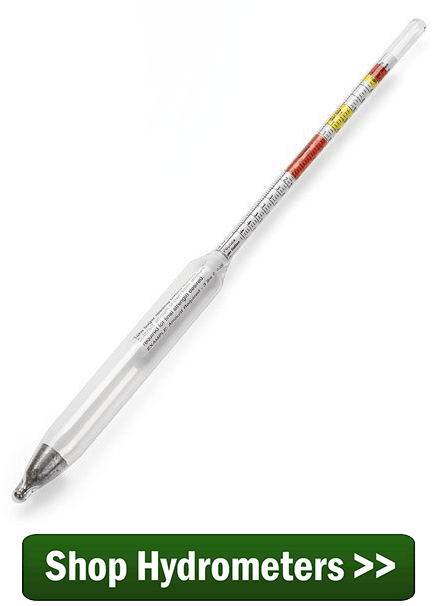 As an example, if you have a beginning reading on the potential alcohol scale of 11% this means that your wine will have 11% alcohol when the fermentation is finished – provided the fermentation was allow to run its full course. Basically, the wine making hydrometer is telling you how much alcohol that sugar can make.
As an example, if you have a beginning reading on the potential alcohol scale of 11% this means that your wine will have 11% alcohol when the fermentation is finished – provided the fermentation was allow to run its full course. Basically, the wine making hydrometer is telling you how much alcohol that sugar can make.
As another example, if your wine hydrometer had a starting reading of 13% potential alcohol and after the fermentation the reading was 1%, that means your wine currently has 12% alcohol.
If you want the fermentation to potentially make more alcohol, just add more sugar to the wine must until the potential alcohol scale on the hydrometer reads the alcohol level you want the wine to end up with.
As a final note, we do not recommend shooting for alcohol levels higher than 14%. If more sugar is added than the wine yeast can handle you may end up with an extremely sweet wine or, worse yet, a stuck fermentation.
So, while the wine hydrometer has many functions, one of its most useful is it allows the home winemaker to control the level of alcohol their finished wine will have. If you are still unsure, we have more information about using a wine making hydrometer and it’s functions in the wine making process on our website.
Happy Wine Making


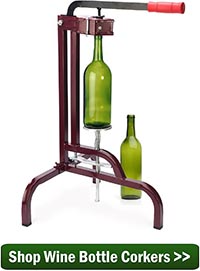

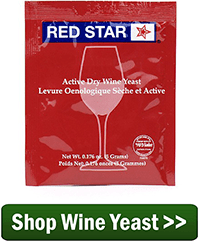

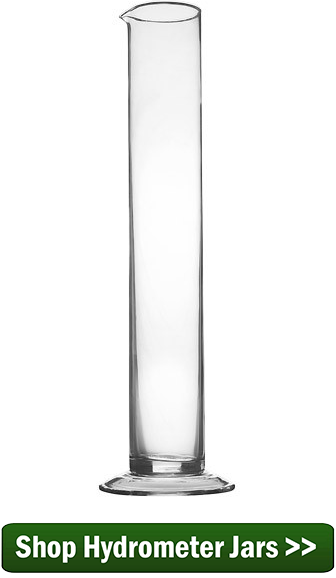
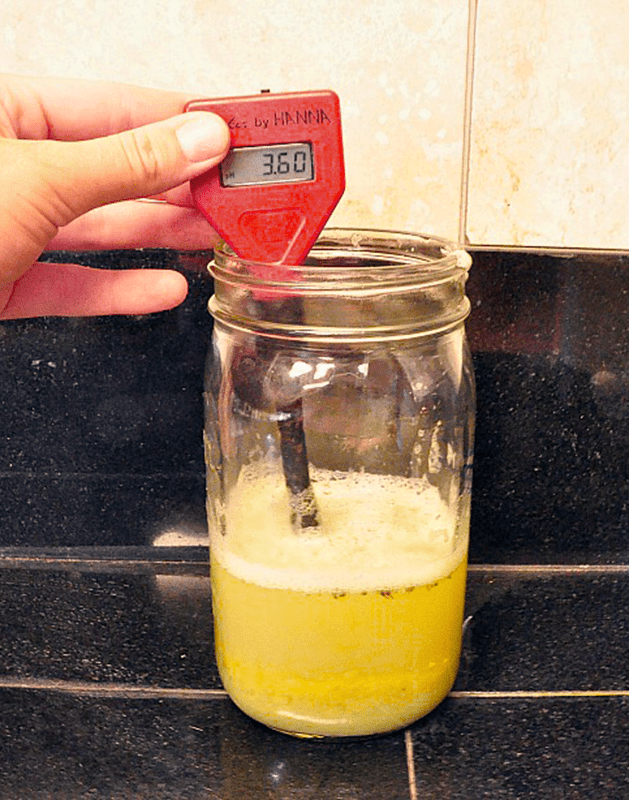
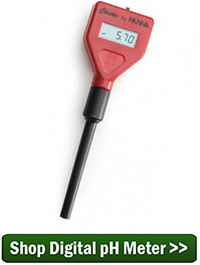
 There are many different ways to make sparkling wine. There is the Methode Champenoise, the traditional French method believed to produce the highest-quality sparkling wine. The Charmat Method, a.k.a. the more affordable method, which utilizes a tank and creates wine like Prosecco. The Transfer Method, a combination of the Champenoise and Charmat methods. The Carbonation Method, which we do not recommend, and a few other methods you can read about
There are many different ways to make sparkling wine. There is the Methode Champenoise, the traditional French method believed to produce the highest-quality sparkling wine. The Charmat Method, a.k.a. the more affordable method, which utilizes a tank and creates wine like Prosecco. The Transfer Method, a combination of the Champenoise and Charmat methods. The Carbonation Method, which we do not recommend, and a few other methods you can read about  My homemade wine has started producing a burnt match smell after about 1 week of fermentation. No sulfur has been used in sterilization etc, can you advise? chuck it out?? cry???
My homemade wine has started producing a burnt match smell after about 1 week of fermentation. No sulfur has been used in sterilization etc, can you advise? chuck it out?? cry???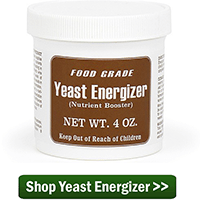


 Hello,
Hello,